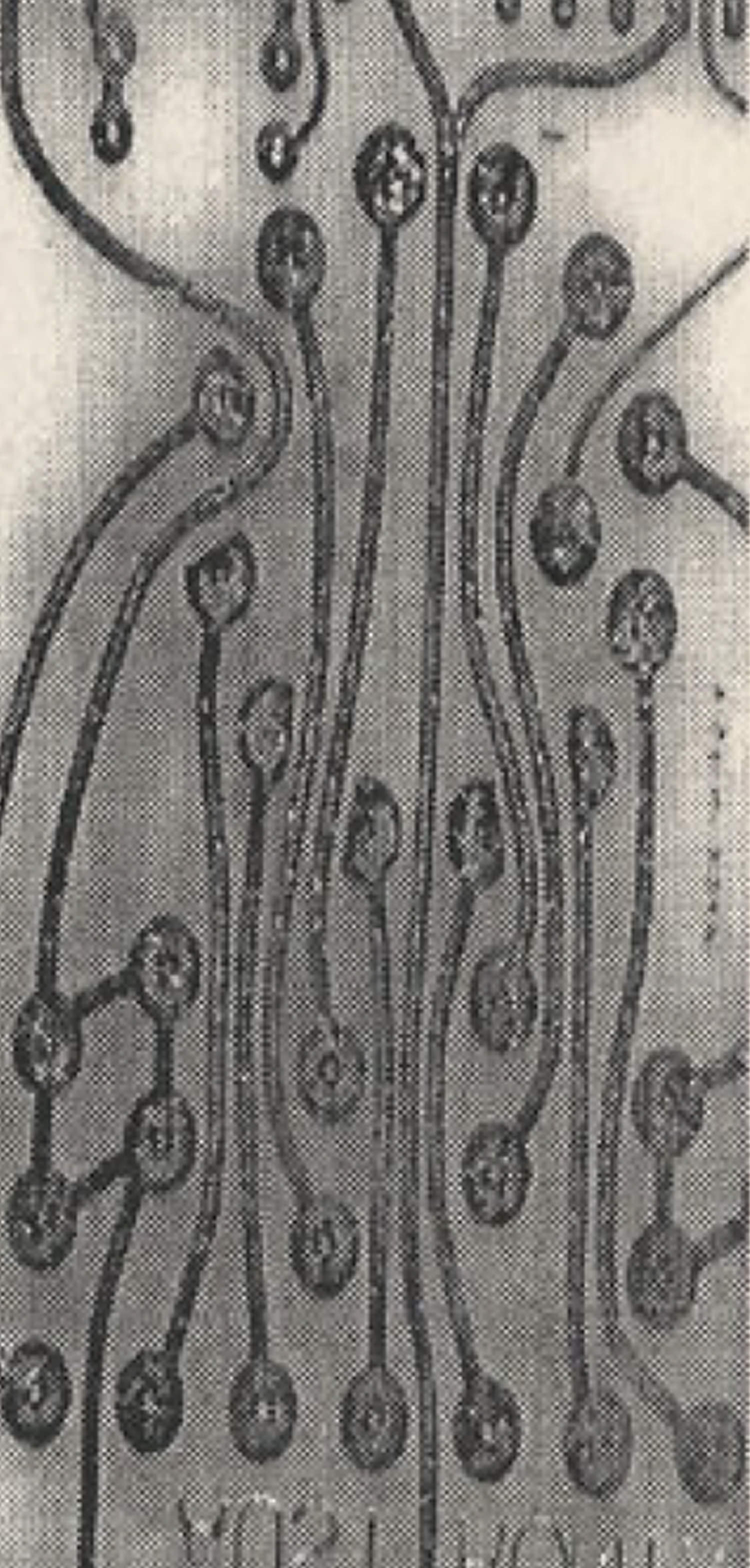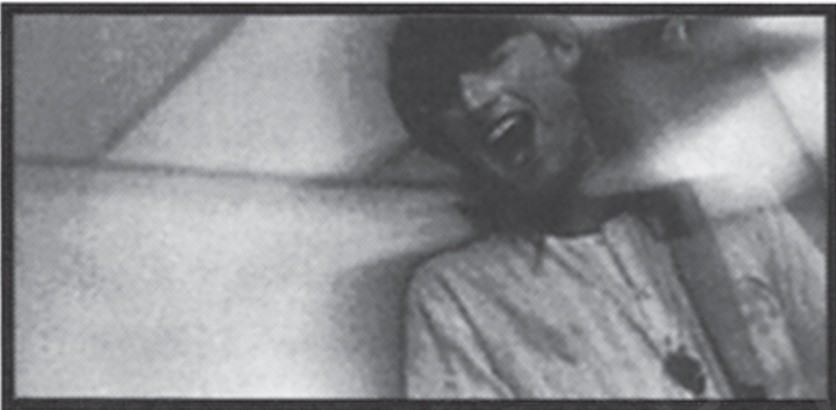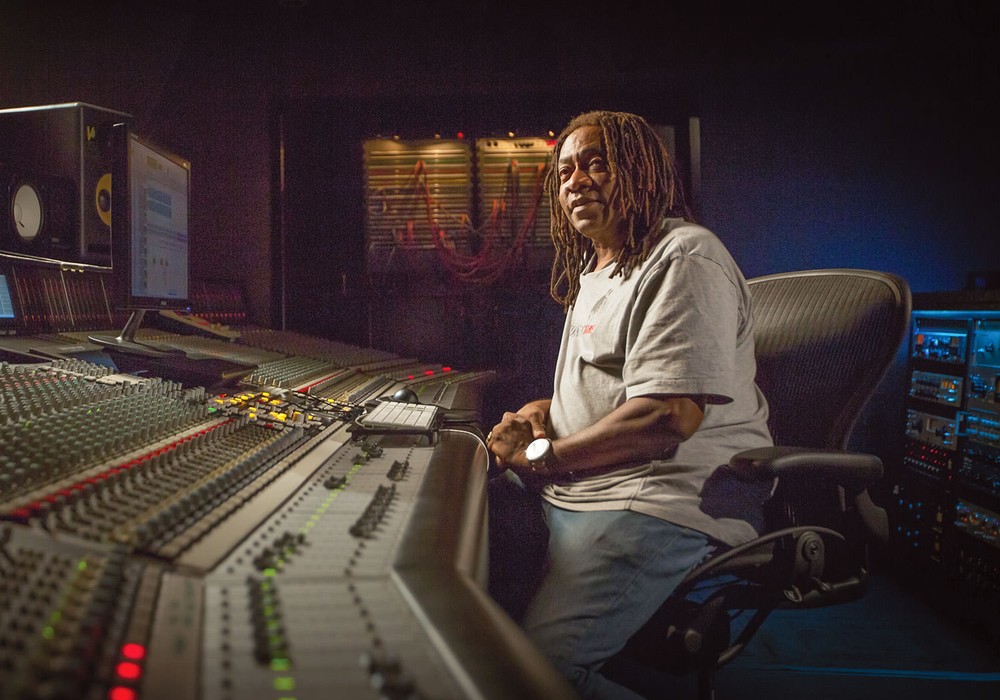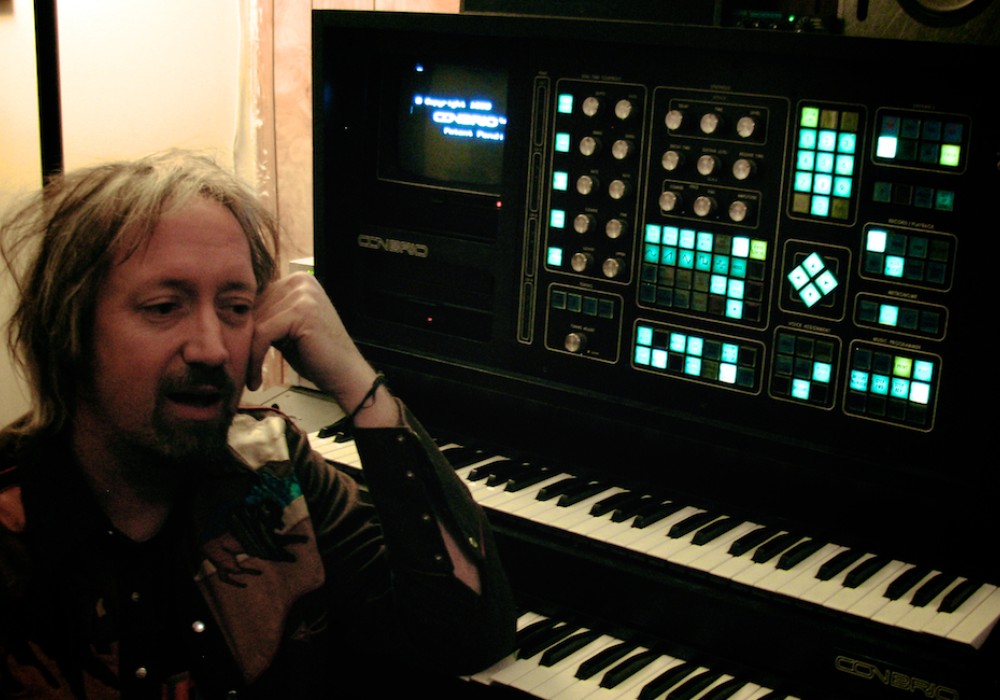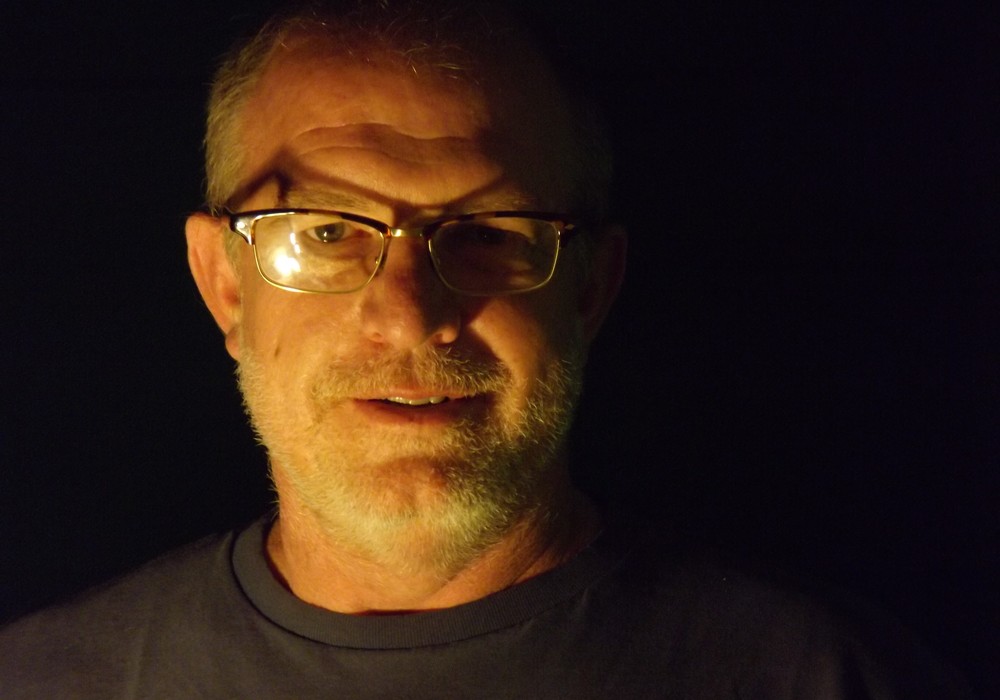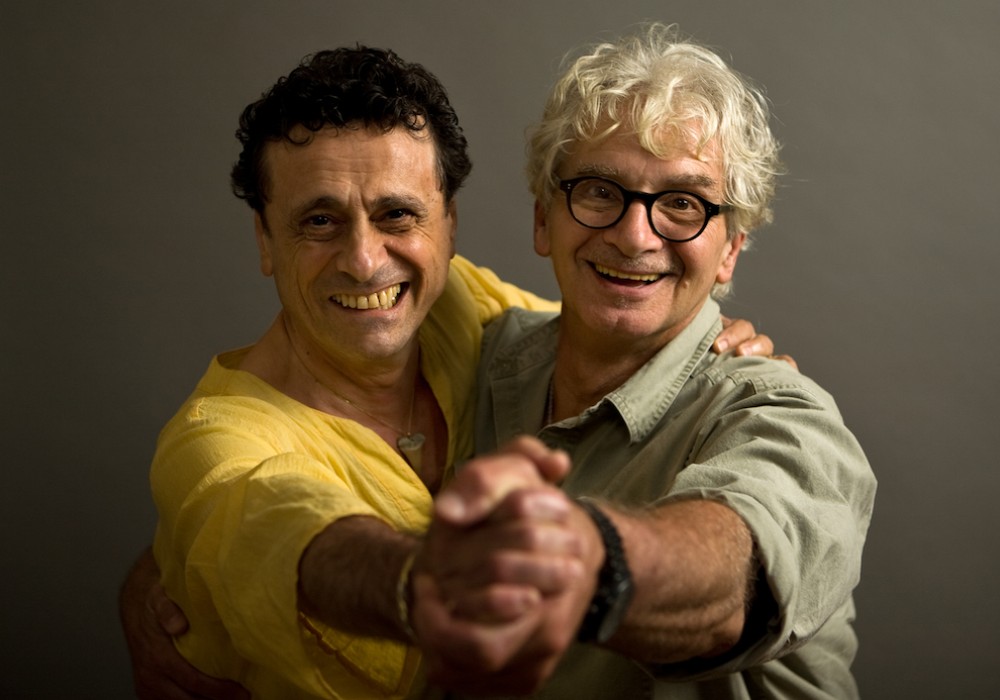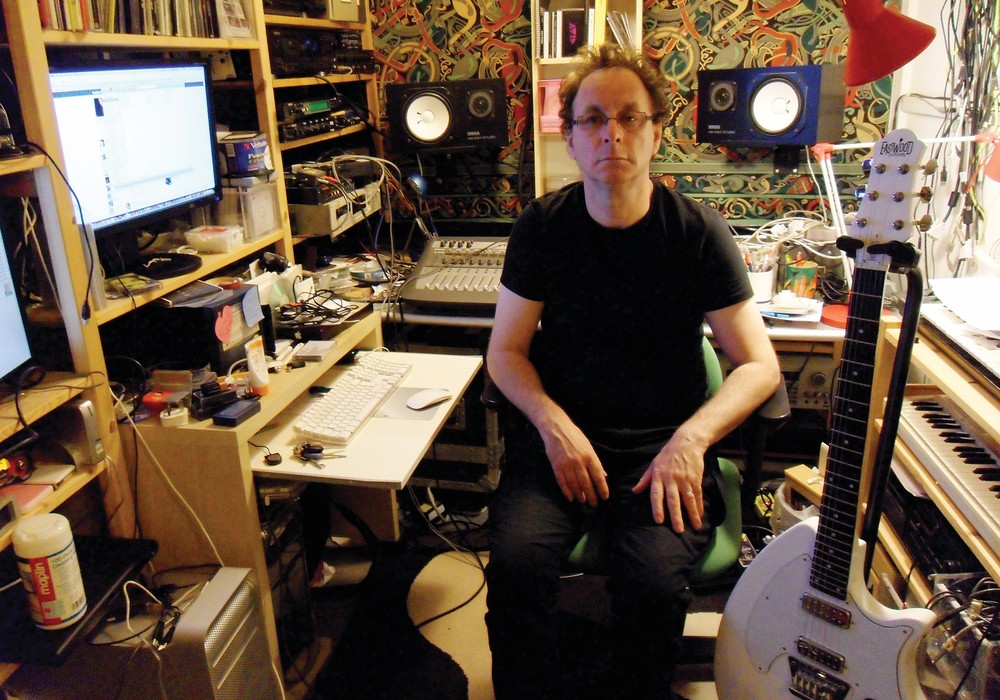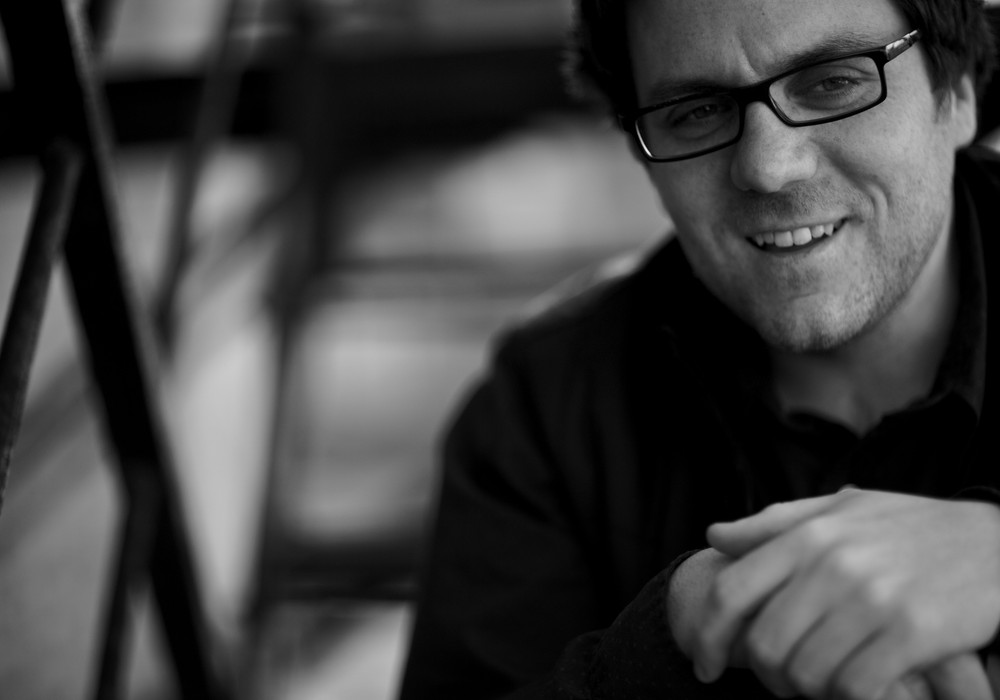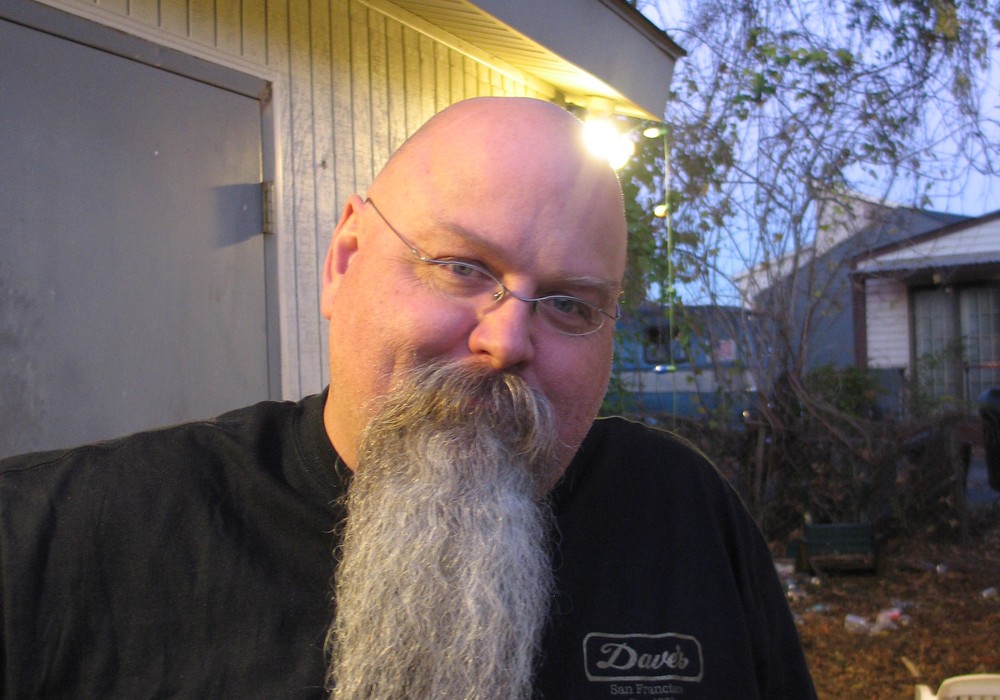New Zealander, Alastair Galbraith, has been recording his music on 4 track decks in a non-studio environment since he did Stormed Port by his "group" The Rip in 1987. Turned on to the possibilities of "home-Recording" by Peter and Graeme Jefferies during those sessions, he went on to record with Peter as Plagal Grind and finally branched out on his own in the recording realm. Since then he's recorded most of his music at home on an old Tascam 3440 late at night, out in the country, and at his own pace. He's also done various collaborations with Graeme Jefferies and John D's Mountain Goats by sending reels of tape through the mail and adding parts as needed. We got to chat over the phone after his first coffee and cigarette of the day. Thanks kindly to fellow scribe and music lover Bill Meyer for setting this all up!
So your first recording experience was with The Rip in a "real" studio.
That's right. We were about 16 or 17 years old and pretty easily led. At that time there seemed to be a few less people making their own recordings and there was no other label than Flying Nun that could release stuff on. We just went the direction we were led, which was towards a large studio in Christchurch. An engineer did the engineering and I sat back and laughed. When we brought it home it sounded nothing like what it sounded like on the beautiful ten thousand dollar speakers. It was a real disappointment.
Did those recordings get released?
The Rip, an EP called A Timeless Piece, like Flying Nun 23 or something.
Did you immediately start thinking about recording on your own?
Peter and his brother Graeme Jefferies came down from the north island of New Zealand. Graeme owned a Teac 4 track and Peter suggested that we record with him and he would produce and engineer it. They lived in an old store in Dunedin and I went 'round there in the evenings when my band had just split up. Basically the next Rip record for Flying Nun was a solo thing. Graeme played guitar on a song and Robbie Muir played bass on one song. Peter engineered and explained what he was doing as he did so and Graeme engineered a couple of the songs as well. I got the picture of what it was like to record yourself through that experience.
That's cool of Peter to teach you like that.
And Graeme, both equally.
So that was an eye opening experience in seeing that you could record on your own.
Yes and no, because they did it and I was in another room. They explained what they were doing, and what they thought would be good to do next, but I still wasn't there with my hands on the machine. I didn't really know how to do it. Shortly after somebody got me to look after their warehouse and there was a cassette PortaStudio there. That's when I really got the hands on experience. I recorded the song "Midnight Blue" by playing some guitar and then turning the cassette backwards and finding out it was really easy to slow down and speed up and make it go backwards and so on.
Did you move up to a reel-to-reel?
Yeah, I got the same kind of machine that Graeme Jefferies had. [Teac 3440]
So most of your recordings have been done in this format since then. I heard you dumped some stuff to 8 track at one point.
We did that for the Plagal Grind EP. That was a beautiful 8 track that was one inch tape with lots of headroom on each track. There were one or two tracks that were a bit dodgy and two that sounded beautiful. You had to watch where you put stuff. It was fun doing that as well but definitely everything else has been done on the Teac and I haven't really felt the need for more than two tracks.
Do you have it set up at home?
Yeah, the 4 track goes straight into the stereo. I don't use a mixing desk. I plug directly into it 'cause it has such a nice sound anyway. As a result with no mixing desk and nothing to pan things, tracks 1 and 3 of the 4 track go left and tracks 2 and 4 go right and there's extreme separation. When it comes time to actually "mix" something down I just turn the output knobs on the 4 track and do it hard left and hard right. A lot of the records have that extreme separation or else I just press the mono button on my stereo if I don't really think it should be separated.
So you do all your recording that way?
Yeah. Once or twice I've borrowed a small little panning device that a friend made for about $2 with a little knob off a guitar. He just soldered it onto a bar of metal. You plug...
